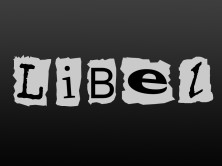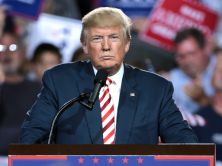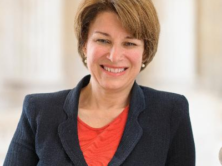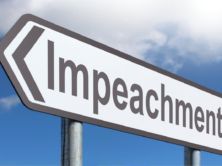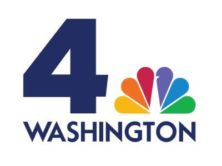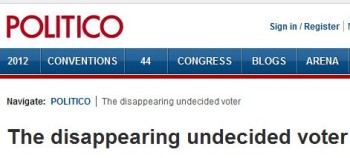
(Credit: Politico, screenshot)
With about nine weeks remaining in the presidential campaign, but…what?…a century or so since it’s been under way, are there any voters out there who haven’t already made up their minds whether they will vote for Mitt Romney or Barack Obama?
A month ago, the answer was “hardly any.” Reid Epstein at Politico summarized the conventional wisdom when he wrote about the “Disappearing Undecided Voter” :
“President Barack Obama and Mitt Romney would like to win over undecided voters — but there just aren’t many of them left.”
How does he know that? Well, according to Epstein, some of the biggest of the biggies in the polling industry said so:
“Gallup’s daily tracking poll shows the number of undecided voters hovering between 6 percent and 8 percent — compared with 11 percent at this point in 2008. An NBC News/Wall Street Journal poll put the percentage of undecided voters at 3 percent, down from 12 percent in late July 2008. A Pew survey found 5 percent didn’t know who they’d vote for, half of the number at this point in 2008.”
OK! With Gallup, Pew and NBC/Wall Street Journal producing an average 5 percent number for the undecided voter, that must be the Truth, right?
Well, different polls tell different Truths.
Two weeks after Epstein’s article, when you might have expected the undecided voter number to decline, it had apparently increased. An Associated Press/GfK poll reported that about one quarter of all registered voters (for math phobes, that’s about 500% higher than the average reported by Gallup, Pew and NBC/WSJ) were still mulling over their choices. “Call them maybes,” the headline reads. The authors go on to note:
“Two months out from Election Day, nearly a quarter of all registered voters are either undecided about the presidential race or iffy in their support for a candidate.”
(The difference between “undecided” and “iffy” is that “undecided” means I haven’t made up my mind yet, and “iffy” means…well…I haven’t quite made up my mind yet.)
Now there could be two reasons for this humongous increase in the number of estimated undecided voters: 1) Voters are becoming more confused as the campaign proceeds (a very plausible argument, of course, given the kind of political ads and news coverage of the campaign we have seen so far, but do we really believe that confusion has increased by a factor of five?); or 2) the law of mysterious numbers has come into play, a well-known phenomenon when comparing different poll results (as in, it’s a perennial mystery how “scientific” polls can arrive at such contradictory conclusions).
By the way, I really like the AP/GfK tagline: “These voters could well be decisive in a close contest.” Yes. The authors have a point – the choices of a quarter of the voters could indeed influence the outcome of a close election. It’s good to know that 30 million voters can have an impact.
Then last week, Gary Langer at ABC announced that “One in four registered voters may be persuadable in the 2012 presidential election.” This new estimate parallels the AP/GfK report, but it’s based on a completely different measure of persuadability.
The new measure, according to Langer, is derived from a model of voters’ intentions, developed by three university professors.* The model takes into account how anxious voters are about their favored candidates and whether the voters are still seeking more information about the candidates’ positions. Such voters, Langer writes, “are more open to changing their position – in a word, persuadable.” The model estimates that even though voters think they have made up their minds, many of them who are anxious and still looking around are nevertheless ripe for picking by the other side. (The theory can be extended to other situations: If on your wedding day, for example, your betrothed is sweating bullets and looking through his or her little black book, maybe you have an undecided partner.)
On the other hand, when Langer uses the “traditional” method of estimating the “persuadable” voters, as did AP/GfK (by asking voters whether they could change their minds), he finds only 15% who say they have not firmly committed themselves to a candidate. That is still 300% higher than the average estimates of Gallup, Pew and NBC/WSJ, but significantly lower than the 25% AP/GfK found using the traditional measure.
So, folks, are there any undecided voters left for Romney and Obama to woo? You can decide…anywhere from 5% to 15% to 25%.
And, remember: In a close election, they could be decisive.
*The three researchers are: George Marcus, a political science professor at Williams College, and his colleagues Michael MacKuen of the University of North Carolina and W. Russell Neuman of the University of Michigan.

